F1 pit crews feeling the pressure
- -
- -
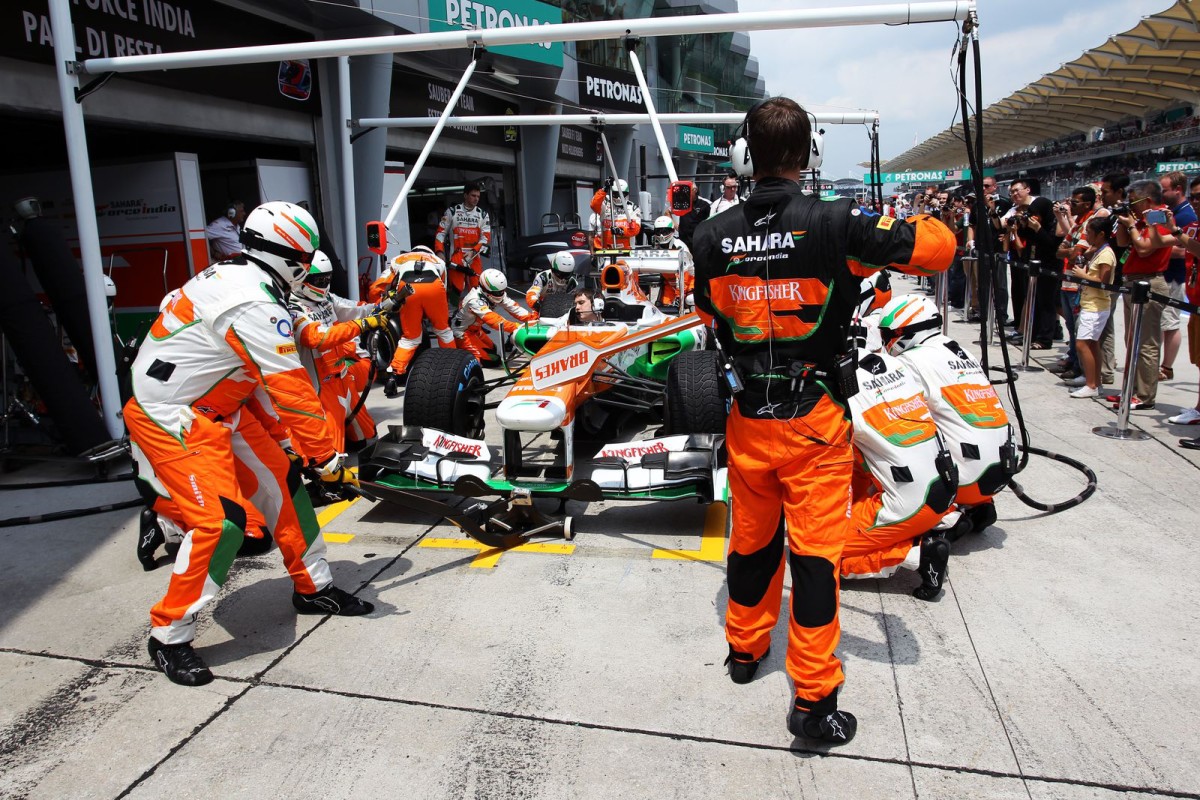
While the controversy over Sebastian Vettel’s victory in the
Malaysian Grand Prix will continue to rage, from my perspective the
race was notable for a series of pit stops errors which raised the
spectre of safety being increasingly compromised. With pit
stop targets now 3 seconds or less, the pressure on pit crews has
never been greater, mistakes are more frequent and accidents are
becoming inevitable.
Having said that, the first pit stop issue in Malaysia came as a result of not pitting at all. During the opening lap when Fernando Alonso damaged his front win against the back of Sebastian Vettel’s Red Bull. The subsequent decision by the Spanish ace and his Ferrari team not to pit was wrong.
Under pressure to try and stay on the wet track for a few laps, and not lose time in the pits, Alonso continued onto the second lap with a front wing which collapsed as soon as it reached maximum speed on the pit straight. A pit stop to replace the damaged front wing would have been the correct decision, but Alonso and Ferrari took an uncharacteristic risk. This not only compromised their race but was extremely dangerous.
When the pit stops did finally commence, drama unfolded.
If the pit crew tends to be the centre of attention in pit
stops, it is up to the driver to first of all stop in the right
location and give them the chance to do their job efficiently.
Lewis Hamilton’s very public mistake of driving his Mercedes
Benz into the McLaren pit underlined once again that the driver’s
have to be just as focussed as the pit personnel. Having
driven for McLaren for 6 years it was perhaps natural that Hamilton
should make this mistake, especially with the McLaren crew out in
the pit lane, but human error cost him valuable seconds and
possibly a chance of challenging Red Bull more effectively.
Both Force Indias suffered long stops because their new ‘captive wheel nut’ designs failed to locate properly, possibly due to heat expansion in the high temperatures of Malaysia. The captive wheel nut design integrates the nut with the wheel, making faster pit stops possible, and Force India’s Bob Fernley admitting this was necessary if the team was to achieve the kind of 3 second pit stop which is now essential. Indeed, with McLaren targeting a 2 second pit stop this season, the pressure is on for all of the pit crews to achieve astonishing results, and Force India paid a high price in trying. The pressure to improve means changing the technology and the processes, as well as expecting the personnel to be able to cope with the faster speeds.
McLaren then came under scrutiny, the front right hand wheel on Jenson Button’s car not been fully located during his third pit stop. He was forced to pull over in the pit lane before being pulled back to the pit box for the wheel to be reattached, and this dropped him from 5th to 14th. Human error was the reason quoted by McLaren; once again the pressure of sustaining sub-3 second pit stops had resulted in a mistake.
As though to complete a full line-up of pit stop problems, Toro Rosso then incurred a USD$10,000 fine by releasing Jean-Eric Vergne’s car straight into the path of Guido Van de Garde’s Caterham, causing a collision which resulted in both cars requiring new front nose sections. Again, human error; the team under pressure to release Vergne too quickly.
As this year’s World Championship unfolds it will be interesting to see what happens as the Formula One team’s continue in their quest to deliver sustained high performance 2 to 3 second pit stops race after race. If they achieve their goals, it will continue to be an impressive aspect of Formula One. If they fail, it could just be that the new, high-speed pit stops become a serious problem in a sport which prides itself on putting safety first.





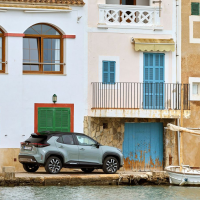


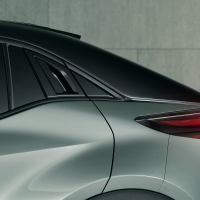


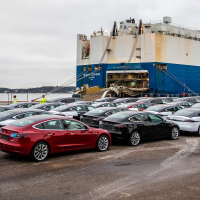

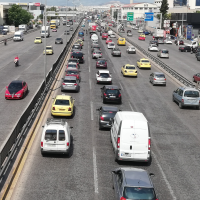


 και στη συνέχεια 'Προσθήκη στην οθόνη αφετηρίας'
και στη συνέχεια 'Προσθήκη στην οθόνη αφετηρίας'